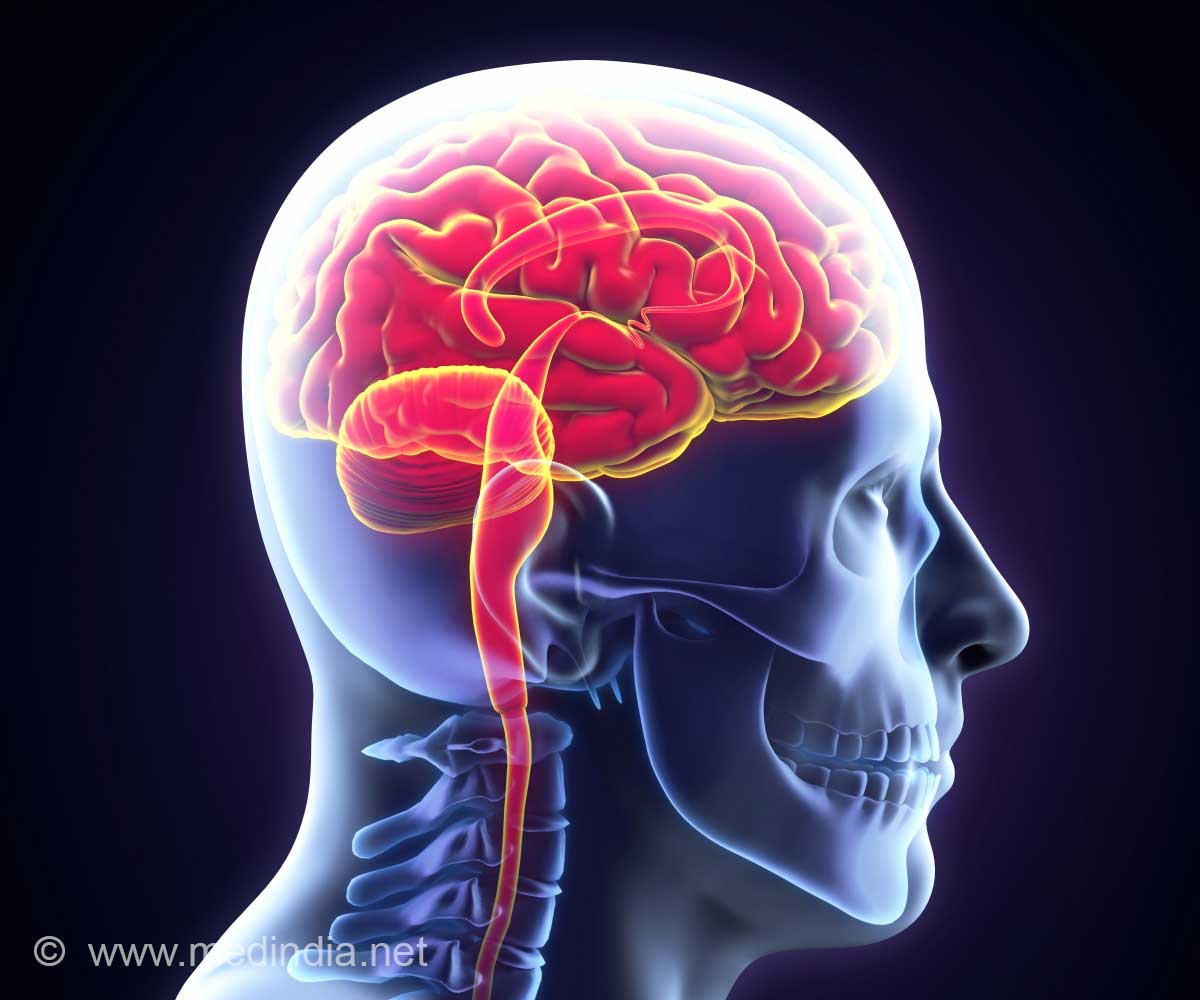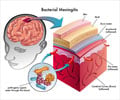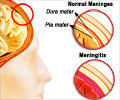Bacterial meningitis poses the greatest risk for structural head injuries, with a 26-fold increase, and hearing impairment, with an almost eightfold increase in risk.

Increased Risk of Long-Term Disabilities Following Childhood Bacterial Meningitis in Sweden
Go to source) Bacterial meningitis is a rare but very serious infection that can affect people of all ages, but is most common in newborns, children and adolescents, and the elderly. It is often caused by pneumococcus (Streptococcus pneumoniae) which is also a major cause of bacterial respiratory infections such as pneumonia, otitis and sinusitis, which also mainly affect the youngest and oldest members of society.
‘Bacterial meningitis diagnosis is associated with increased neurological issues: cognitive impairment, seizures, visual/hearing problems, motor issues, behavioral disorders, or head damage. #meningitis #seizures, #neurologicalissues’





Untreated, bacterial meningitis is fatal, but the infection can now be cured with antibiotics. However, antibiotics have difficulty penetrating the blood-brain barrier, which means that it takes time to fight the infection. During this time, nerve cells can be damaged and result in various permanent neurological damage. Furthermore, there is the constant threat of antibiotic-resistance to face in the clinics.
Neurological Impacts of Bacterial Meningitis
The study, published in JAMA Network Open, showed that those diagnosed with bacterial meningitis consistently have a higher prevalence of neurological disabilities such as cognitive impairment, seizures, visual or hearing impairment, motor impairment, behavioral disorders, or structural damage to the head. The risk was highest for structural head injuries -- 26 times the risk, hearing impairment -- almost eight times the risk, and motor impairment -- almost five times the risk. About 1 in 3 people affected by bacterial meningitis had at least one neurological impairment compared to 1 in 10 among controls."This shows that even if the bacterial infection is cured, many people suffer from neurological impairment afterwards," said Federico Iovino, Associate Professor in Medical Microbiology at the Department of Neuroscience, Karolinska Institutet."We are trying to develop treatments that can protect neurons in the brain during the window of a few days it takes for antibiotics to take full effect. We now have very promising data from human neurons and are just entering a preclinical phase with animal models. Eventually, we hope to present this in the clinic within the next few years," Iovino added. For the study, the team analysed data from the Swedish quality register on bacterial meningitis between 1987 and 2021, the researchers have been able to compare just over 3,500 people who contracted bacterial meningitis as children with just over 32,000 matched controls from the general population.
Reference:
- Increased Risk of Long-Term Disabilities Following Childhood Bacterial Meningitis in Sweden - (https://jamanetwork.com/journals/jamanetworkopen/fullarticle/2814090)












